
What to Look for in a Dual-Use Photo and Video Digital Camera
Everything you need to know about selecting and investing in the right camera for your digital video and photography needs.
There’s really no better feeling than owning a camera. OK, maybe that’s not true. I mean, I’ve been wakeboarding—and seen a retrospective screening of Terminator 2 in 3D on an IMAX screen—but besides those examples, I’d put buying my first camera up there.
There’s just something so satisfying about saving up, doing your research, and purchasing a digital camera. This is doubly true if it’s your first camera, or at least one that you plan to use for several years and on a variety of projects, both big and small.
My first camera was a Canon 7D, and I used it regularly for almost a decade. I shot short films with it, directed music videos, recorded interview featurettes around town, plus used it for all my photography needs, as well.
Yet, these days, it really feels like the market is moving so fast that many photo and video professionals are constantly looking to upgrade to the new and best thing. And, if that’s the case for you because of demand, then more power to you.
However, if you’re someone looking to save up, carefully research, and make a purchase for the right camera for years to come, here’s our guide to help you accomplish this.
What to Look for in a Video Camera
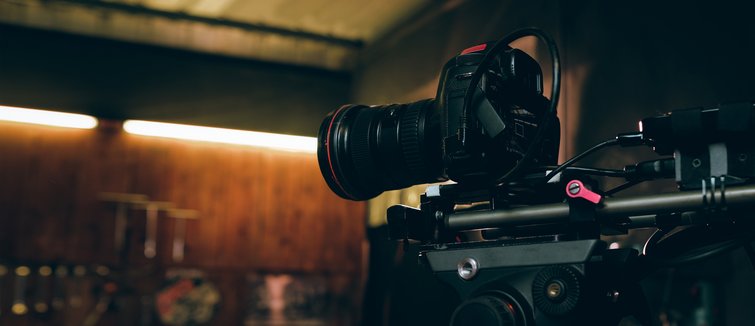
First, let’s go over some basic elements you’ll want to look for in your video camera. As we’ve covered before, these days a good price point for an optimal digital video camera is around $3,000. You can obviously spend less (or more), but that might be your best value.
You also really want to look at what the camera has to offer in terms of your video needs. Many videographers might simply be looking to chase pixel count these days but, in reality, you really should look at other factors, like video recording formats and dynamic range.
If you’re shooting long-form documentary footage, you might want good battery life and built-in ND filters. If you’re shooting videos for social media ads, you might look at high frame rates, which would be good for slow motion. It’s really up to you.
Here are some of the key factors to consider:
- Pixel count and recording formats
- High frame rate capability
- Dynamic Range and low-light capability
- Ergonomics and controls
- Audio capability and features
What to Look for in a Photo Camera
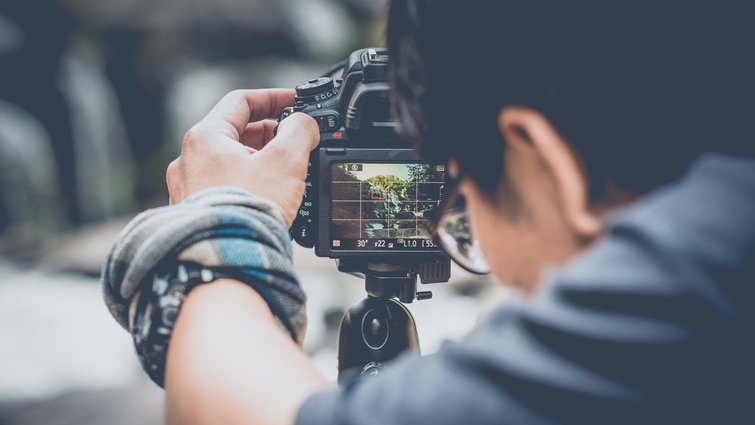
From the photo side, you have several basic elements to consider as well. And, while many of these might overlap (like image quality and pixel count), there are factors you might want to consider more specifically.
Photography differs from video simply because you have fewer variables overall to consider. A good photo camera (even if it’s a hybrid) really should last you a long time, so you’re even more focused on things like ergonomics and what I like to call “long-last-ability.”
You can always mod your camera a bit to extend battery life or add more flash lighting components. But, in general, you’ll want a camera that feels right and takes the types of quality pictures you’re looking for.
Photography camera factors to consider:
- Sensor size and image quality
- Ergonomics and controls
- Auto-focus capabilities and other features
- ISO and low-light capability
- Durability and “long-last-ability”
Alright, now let’s look at a few options and go over why they might be a good fit.
Fujifilm X-T4
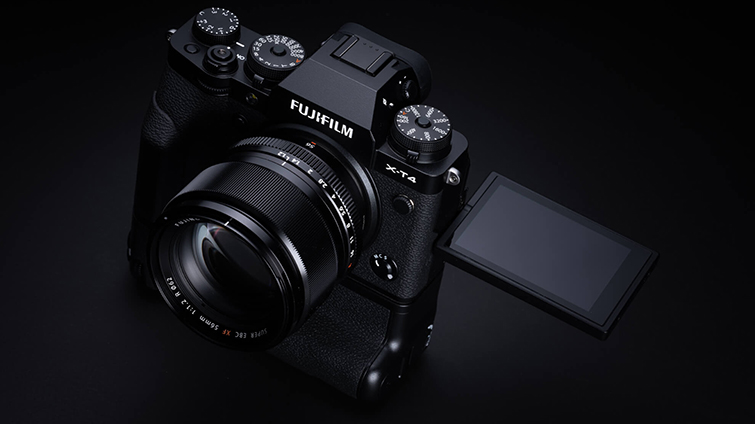
We’ll start off with the Fujifilm X-T4 simply because of the manufacturer’s rich history and name association with quality photography. The follow-up to the brand’s breakthrough dual-purpose X-T3 camera, the X-T4 delivers even more for both video and photo pros alike.
Its 26.1 MP APS-C format sensor checks many of the boxes in terms of 4K video (at 60fps) and full HD up to 240p. It also has great sensitivity from ISO 160-12800. You can continuously shoot up to 15fps and it has 425 phase-detection points for accurate AF performance.
It’s also right there with the rest of its competition in terms of stabilization, responsiveness, and overall design and feel, as it’s quite small, lightweight, and easy to handle. A perfect hybrid-camera with Fujifilm’s familiar color design and looks that could be perfect for those in either professional world.
- 26.1MP APS-C X-Trans BSI CMOS 4 sensor
- X-Processor 4 image processor
- 5-axis in-body image stabilization
- DCI/UHD 4K at 60 fps, full HD at 240 fps
- 425-point hybrid AF system
- 3.69m-dot 0.75x OLED EVF
- 3.0″ 1.62m-dot vari-angle touchscreen
- ISO 160-12800, up to 15fps shooting
- Bluetooth and Wi-Fi connectivity
- Film simulation modes
Price: $1,699.00
Canon R6
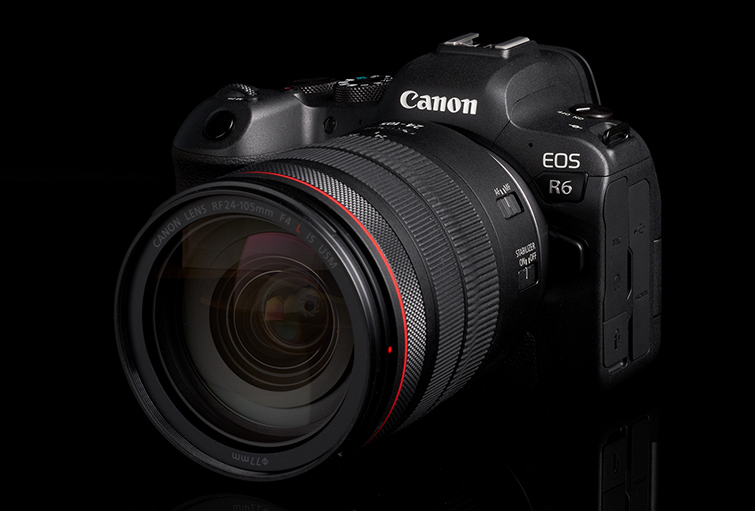
While you could include a couple of Canon cameras on this list, like the Canon R5 (with its 8K video capability) or the Canon RP (with its more affordable-ness), the Canon R6 might be the best middle-ground option, perfect for hybrid photo and video professionals.
While it doesn’t record 8K video, it does just fine with 4K at 60fps (which is pretty much all you should expect or need for most video production work right now). You can also ramp up to full HD at 120fps, all with some nice 10-bit internal video recording capability.
From the photo side, the R6 uses the refined 20MP CMOS sensor with a DIGIC X processor for quick shooting at up to 12fps, and includes 1053 phase-detection points for subject tracking and deep learning capabilities.
The R6 will be reliable, stable, and include Canon’s (arguably) fantastic color science as one of the cheaper, yet just as high-quality, options on our list for dual photo and video needs.
- 20MP full-frame CMOS sensor
- DIGIC X image processor
- 4K 60p and FHD 120p 10-bit internal video
- Sensor-shift 5-axis image stabilization
- 12fps mechanical shutter, 20fps electronic shutter
- Dual pixel CMOS AF II with 1053 points
- 0.5″ 3.69m-dot OLED EVF
- 3″ 1.62m-dot vari-angle touchscreen LCD
- Subject tracking with deep learning
- Dual SD UHS-II memory card slots
Price: $2,499.00
Sony a7 III
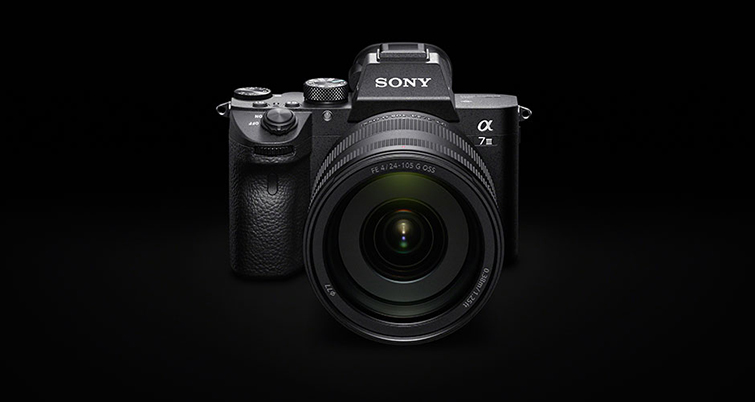
If you’re a Sony camera owner/user, then you know all about why so many Sony-heads are lifetime fans of the manufacturer. There’s just something about that Sony image quality that’s both sharp and beautiful. And, if you’re looking for a camera that can do both photo and video, look no further than the Sony a7 III.
As part of Sony’s famous alpha line, the a7 III has a full-frame 24.2 MP CMOS sensor that has no problem recording scenic 4K video at 30fps (although not up to 60p). The a7 III also offers HLG and S-Log3 recording formats for anyone looking to go cinematic.
However, the a7 III really shines in the photo department with an impressive 10fps continuous shooting rate and some of the fastest (and smartest) auto-focus systems, which utilizes a whopping 693 phase-detection points and 425 contrast-detection areas.
Its ISO range goes from 100-51,200 (and can be further expanded to 50-204,800) with 5-axis sensor-shift image stabilization, which can minimize camera shake by up to 5-stops.
Overall, if you’re a Sony fan, there’s no reason not to consider the a7 III for your photo and video needs.
- 24MP full-frame Exmor R BSI CMOS sensor
- BIONZ X image processor & front-end LSI
- 693-point hybrid AF system
- UHD 4K 30p video with HLG & S-Log3 gammas
- 2.36m-dot Tru-Finder OLED EVF
- 3.0″ 922k-dot tilting touchscreen LCD
- 5-axis SteadyShot INSIDE stabilization
- ISO 204,800 and 10fps shooting
- Built-in Wi-Fi and NFC, dual SD slots
- USB type-C port, weather-sealed dDesign
Price: $1,699.99
Those are just some of our top picks from familiar brands like Canon, Sony, and Fujifilm. You can also look into some nice hybrid camera options from Nikon (with the Z7 or the upcoming Z9) as a possibility, as well as going with cameras like the Panasonic GH5 or GH5S, which have been out for several years now, but are still incredible options.
For more camera guides, insights, and resources, check out these articles:
- The 10 Best Digital Video Cameras for Filmmaking in 2021
- The Best 6K+ Video Cameras for Filmmakers
- Breaking News: RED Announces New 8K Camera V-RAPTOR ST
- The 6 Best Filmmaking Cameras Under $1,000
- Up Your Game: 6 Budget-Friendly Slow Motion Cameras
Cover image via Rawpixel.com.





